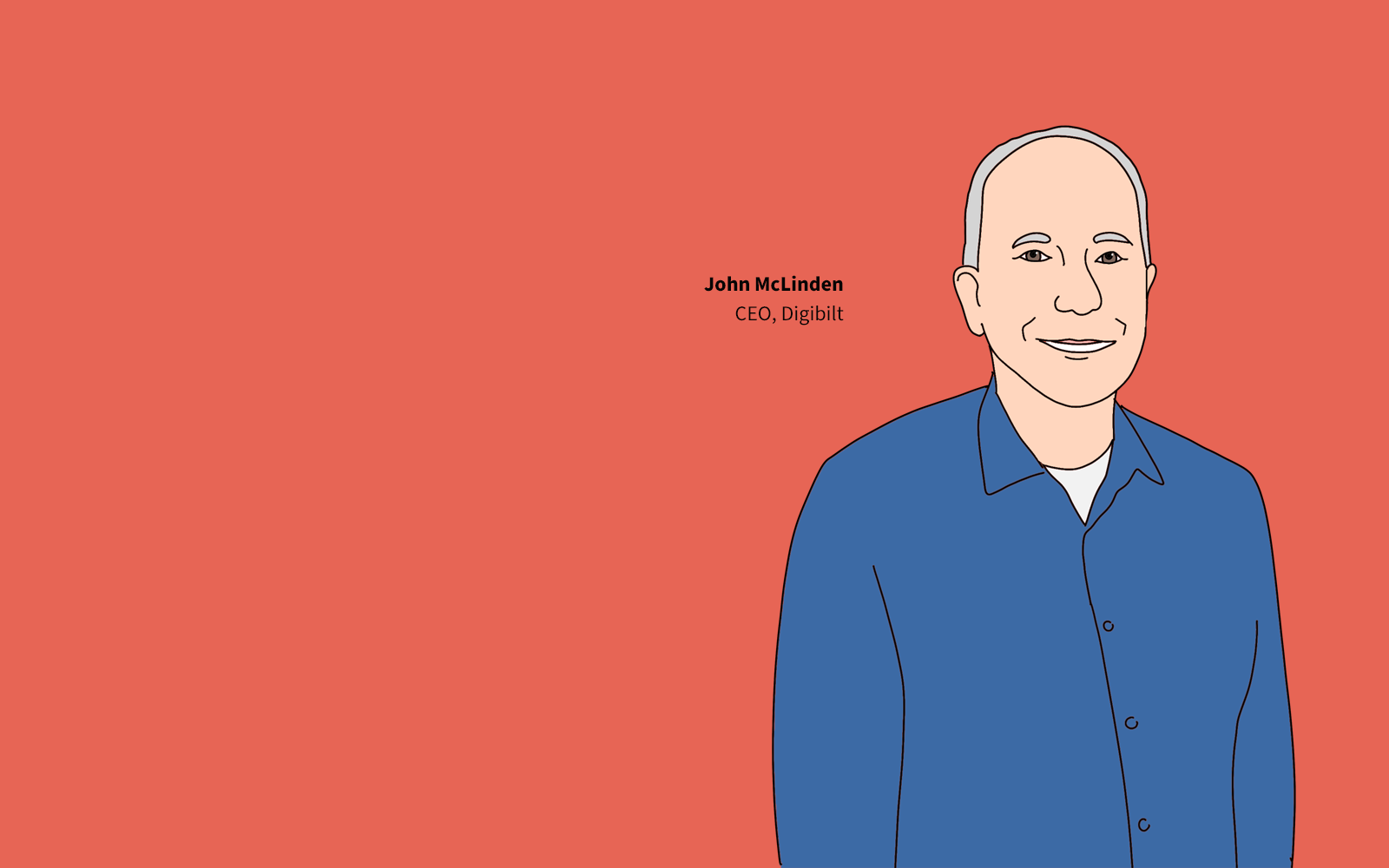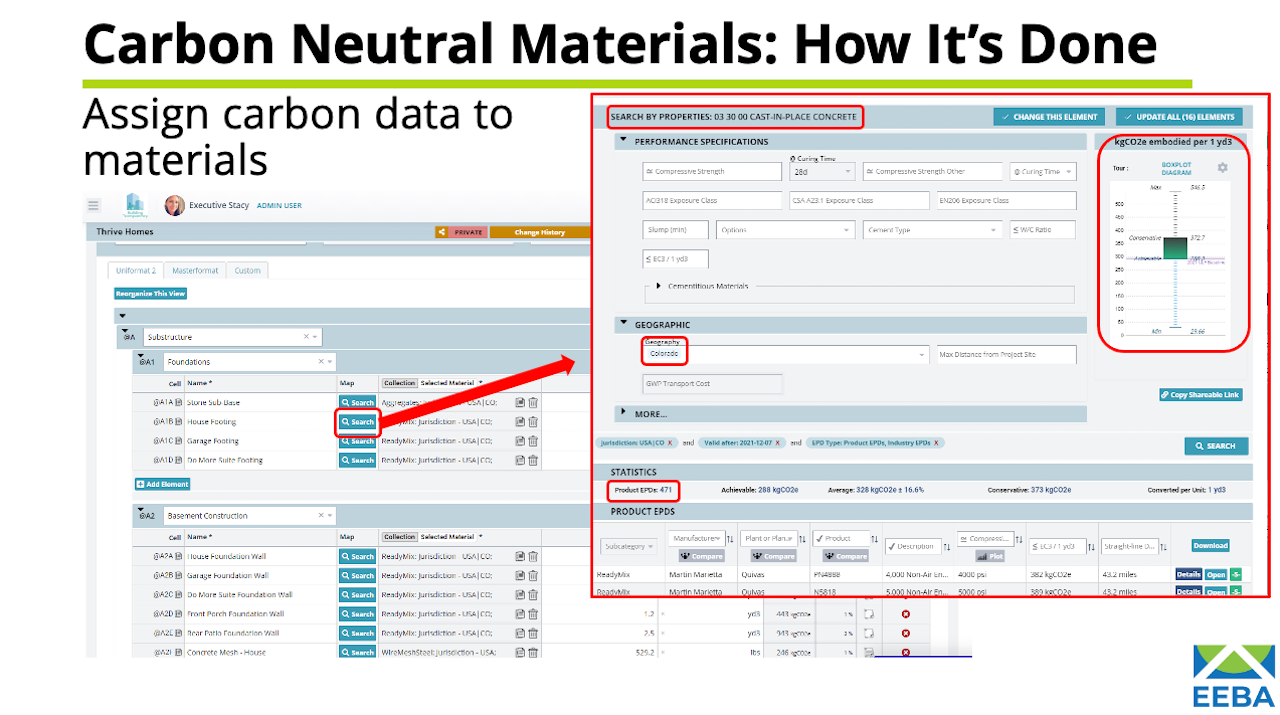Technology
How The Tiniest Details In A New Home Could Change Real Estate
Digibilt, a software as a solution platform, could be the missing link to precisely measuring a home's carbon impact. The economic implications range far and wide.

Serendipity. A discovery or outcome – not the one you were looking for – makes you very, excited and happy.
A solution to a specific challenge that – it turns out, surprisingly – solves for an altogether different, potentially much bigger and, if possible, more meaningful array of issues is serendipity.
It happens in medicine. It happens, as well, in food science, and physics, and engineering, and materials science, and in almost every creative pursuit.
And it happens in building. A tool or technology invented and developed for one purpose accidentally can serve an entirely different role than its designers originally had in mind.
This is the story of Digibilt, a software as a service serendipity story now coming to life near Fort Collins, CO's Sonders masterplanned community, in a Thrive Homes concept home for the Green Builder Vision Home series. Thrive has signed up to do its LEED® Certified, EPA Indoor airPLUS Qualified, Solar Powered and Zero Energy Ready product.
Thrive has teamed with Digibilt, Building Transparency, Net Zero Analysis & Design Corp., to leverage precise building materials and processes knowledge to empower builders to directly manage carbon impact of each building, a step-change in homebuilding technology's role in climate change.
As the Thrive Sonders project evolved, Digibilt's original role – as a showcase of how to apply software solutions to elevate productivity, velocity, and first-time construction quality in the building lifecycle – took a sudden turn.
The turn – the Sonders team recognized – was that Digibilt and what it does could serve not just as a construction management and a consumer maintenance tool, but as a critical industry standard for measuring a building's embodied carbon DNA – which could, in turn, alter the economics of producing shelter to Zero Carbon compliance standards base-lined to the United Nations International Organization for Standardization.
In other words, a solution fully created, developed, designed, and capable to improve productivity and ongoing performance in construction and livability now offers a portal into precise measures of a residential property's embodied carbon and its impacts on the environment.
The convergence of real property value and a particular site's specific "mine" of properties at a molecular, energy performance, water consumption, and resource generation level could be a game-change in real estate economics and trade.
Having a standard way to measure those properties, calculate their respective and total impacts, and capturing ways to trade on offsets to carbon impacts takes Digibilt to a role its business architects could scarcely have imagined.
They Wanted to Build Better
At its outset over the more than decade of development as a software as a service model, Digibilt was a big idea.
It proposes to tap technology and data to produce knowledge about building buildings. It models conversion of that knowledge into two lifesprings of value. One lifespring is for builders seeking productivity improvement, as a construction management and scheduling tool. The other serves consumers, who need to understand more these days about the raw material provenance and workings of the structure and system of their houses in order to enjoy living there, and, eventually prosper in selling the home.
That knowledge – the literal data mine of a building – puts building information modeling on steroids. It matches each building-lifecycle process and structure with its own cascade of piece-level details and assembly instructions, and then burrows further into the piece-level to peel back pertinent sub-components nested within each piece.

The basis of a home's knowledge base, each of the thousands of pieces granularly recognized as data, can assemble then into what Digibilt calls a digital twin.
The precision and extensiveness of the knowledge Digibilt captures in its deconstruction of architecture, engineering, construction, materials, and sub-materials boils down to a 5-second match-up between the hard physical reality of materials and its 600 code lines of data known as a bill of materials. The data all those materials pair up to is where the Digibilt solution coalesced with a use, an opportunity, a transformation its business architects – John McLinden, CEO and Greg Pacholski, Chairman and COO – now realize their elegant software as a solution model has taken them.
By applying Digibilt's technology, we can generate Environmental Product Declaration (EPD) data on the exact content of the home, rather than an estimate based on square footage," says John McLinden. "With this exact data for the EPD, you can get ISO 14001 approval certified, go buy the offsets, and you're on your way to carbon neutral."
At this past week's Energy & Environmental Building Alliance Hybrid High Performance Home Summit in Denver this past week, McLinden, Thrive Homes' Gene Myers, Building Transparency executive director Stacy Smedley, and Net Zero Analysis & Design ceo George Sullivan walked audiences through a process map that could game-change homebuilding economics by as soon as mid-decade of the 2020s.
It looks like this.

The EPD data and project planner (see image above) lives within Building Transparency’s free, open access EC3 tool, notes Stacy Smedley, executive director of Building Transparency. "Digibilt’s Bill of Materials enables an accurate quantity take off for quick entry into EC3 where the digitized EPD data can then be assigned."
The serendipitous thing is, Digibilt has a business value proposition as a construction management software as a solution, and as a living breathing real-life comprehensive owner's manual for a home's resident. That was its intent.
Now it could be more.
Join the conversation
MORE IN Technology
What Separates Homebuilders Thriving Amidst 2025’s Chaos
Builders face rising stakes to unify tech, data, and operations or risk falling behind amid affordability, insurance, and labor challenges.
Margin Mission: Homebuilders Race To Crack Inefficiency Code
Spring 2025 has fallen short of expectations. Builders are turning to integrated data systems to protect margins and prep for the next wave.
Reframing What’s Possible: A Housing Factory On The Move
With its 2025 Ivory Prize win, Reframe Systems moves from a promising innovation to a validated force in reshaping housing affordability through modular microfactories, climate-resilient design, and workforce reinvention.
